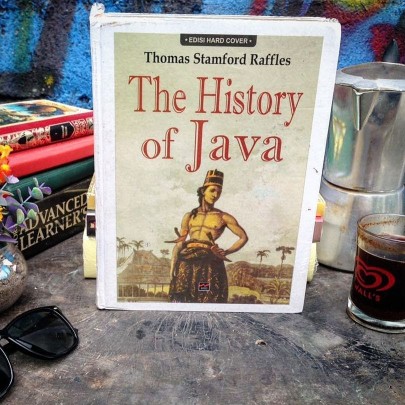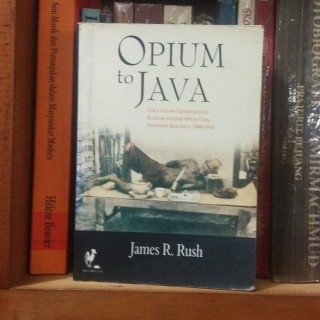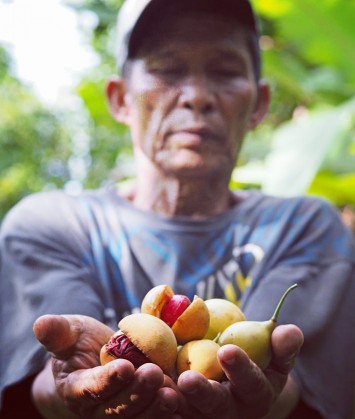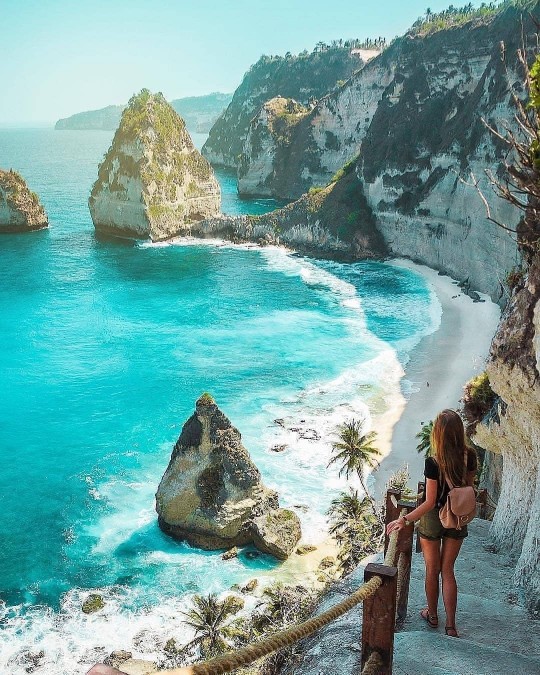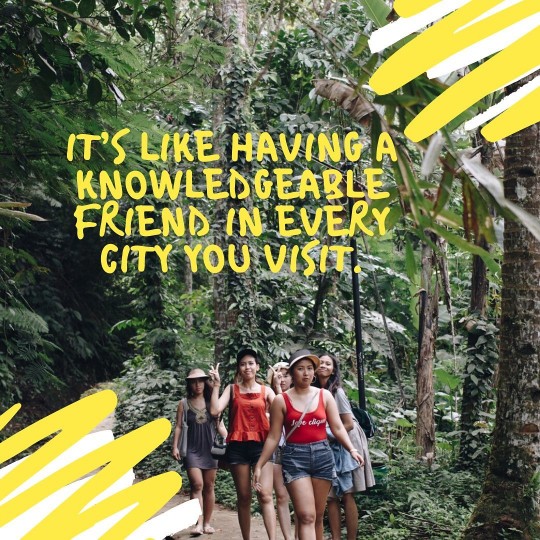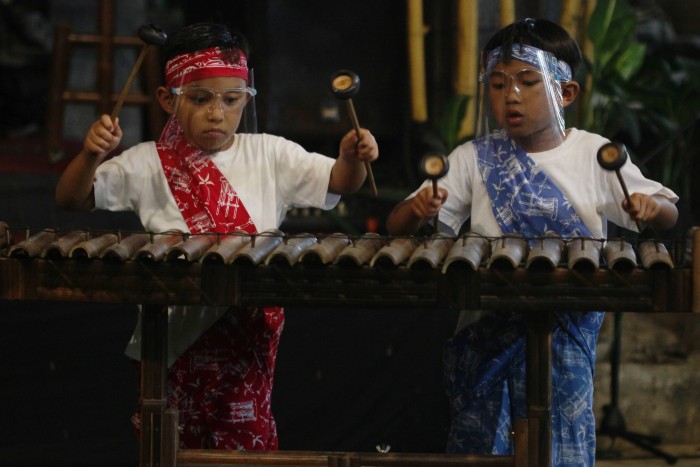When you think of Jakarta, bustling cityscapes, skyscrapers, and dynamic urban life might come to mind. But, hidden within North Jakarta’s Cilincing district lies a lesser-known neighborhood rich in history and transformation: Kalibaru. This area, with its deep ties to Jakarta’s colonial past and the maritime heritage of the archipelago, has evolved through time from a vital canal network during the Dutch colonial era to a thriving hub for local fishermen and now, a modern space balancing urban development and cultural legacy. Join me as we explore Kalibaru, its unique story, and the new breath of life brought by recent developments.
A Brief Dive into Kalibaru’s Colonial Past
Kalibaru, once an essential channel connecting the Ciliwung River to Batavia (now Jakarta), was constructed in the 18th century during the Dutch colonial period. This canal was more than just a waterway; it was a lifeline for transporting harvested goods from the highlands of Bogor down to Batavia. The establishment of this channel marked Kalibaru as a pivotal area for trade and transport in the region.
Fast forward to the mid-20th century, Kalibaru’s proximity to the bustling Tanjung Priok Port made it a prominent fishing harbor. It served as the new home for the relocated Kali Kresek Lahoa Fishery Port in the 1960s and became a hive of activity for local fishermen and traders. In 1969, under the directive of then-Governor Ali Sadikin, Kalibaru was designated as a special port for motorized fishing vessels, complementing the historic Sunda Kelapa Harbor.

From the Buzz of Fishermen to Modern-Day Transformation
For almost two decades, Kalibaru thrived as a key port for fishing activities. However, changes came in the 1980s when regulations tightened and the use of trawl nets (pukat harimau) was banned, which led to the eventual closure of fishing operations in 1988. Activities were moved to Muara Angke, and Kalibaru underwent a significant shift in focus. The port area was redeveloped to serve as a center for timber unloading, under the management of the Ministry of Transportation.
Despite these changes, Kalibaru’s spirit as a maritime community never fully faded away. The area continued to be a hub for those connected to the sea, holding onto its unique blend of past and present, where the whispers of Jakarta’s colonial history meet the echoes of modern urban life.

Kalibaru Today: From Slum to Promising Waterfront
Kalibaru’s transformation did not end with the changes in port operations. Like much of Jakarta, Kalibaru has faced its challenges, particularly the problem of land subsidence and frequent flooding due to rising sea levels, known locally as “rob.” Historically, the area was known as a slum, with its residents predominantly composed of fishermen and laborers living in modest conditions, dealing with periodic flooding.
However, the narrative of Kalibaru has been changing thanks to a remarkable urban project: the construction of the “Plaza Kalibaru.” This 3.2-kilometer-long seawall, constructed to mitigate the rising sea levels and prevent floods from overwhelming the community, has become a symbol of hope and resilience. With the construction of the sea wall, the government also took the opportunity to revitalize the area, turning it into a vibrant public space.

The New Face of Kalibaru: Plaza Kalibaru and Its Facilities
Today, Plaza Kalibaru isn’t just a flood prevention infrastructure; it’s a public landmark that serves the community with various facilities. It boasts green spaces, such as parks for relaxation, children’s playgrounds, futsal and volleyball courts, and even some local tourist attractions that have gained popularity on social media. This transformation has sparked a fresh wave of interest, bringing in both locals and tourists eager to witness this blend of historical depth and modern development.
Kalibaru and the Jakarta Slum Tour Experience
For those interested in understanding Jakarta beyond the glossy skyscrapers and upscale malls, Kalibaru is now a featured stop on the Jakarta Slum Tour offered by Java Private Tour. This tour gives visitors a genuine look at the everyday lives of Jakarta’s residents, including the resilience and creativity of communities like Kalibaru. Visitors can walk through the transformed areas, learn about the challenges faced by the locals, and witness how efforts like the Plaza Kalibaru have not only improved flood management but also enhanced the quality of life in the neighborhood. This tour is an eye-opening experience, highlighting the contrasts of life in Jakarta and the continuous effort to bridge the gap between development and heritage.

Why Visit Kalibaru?
For those who love to explore places off the beaten path, Kalibaru offers a unique perspective on Jakarta’s evolution. From its role in the colonial era to its transformation into a bustling fishing harbor and now a developing urban landscape, Kalibaru showcases the spirit of resilience and adaptation that defines Jakarta itself. Visitors can experience the contrast of the old and the new, feel the local pulse of this vibrant community, and learn about the critical steps taken to manage urban challenges such as land subsidence and coastal flooding.
Your Ideal Guide to Java: Java Private Tour
If you’re a foreign tourist considering a trip to Java, Indonesia, whether it’s for leisure, research, journalism, or content creation, the transformation of places like Kalibaru represents just a taste of what this island has to offer. For a deeper, more personalized experience, consider Java Private Tour as your local guide. Not only are our guides fluent in English and highly knowledgeable about local history and culture, but they are also incredibly friendly and accommodating, tailoring your trip to suit your preferences.
Java Private Tour prides itself on being flexible—not bound by rigid schedules, but responsive to the unique desires of each client. Whether you want to explore historic sites, immerse yourself in cultural experiences, or discover hidden gems like Kalibaru, our team is here to make it happen. Our certified local guides, professional drivers, and well-maintained fleet of vehicles—from sedans to vans and even large tour buses—ensure a comfortable and memorable journey.
Recommended by various embassies, Java Private Tour stands as a trusted companion for your adventures across Java. For first-time visitors, it serves as a barometer for exploring the island safely and knowledgeably.
So, if you’re ready to explore the wonders of Java, head over to https://www.javaprivatetour.com/req and let’s start planning your adventure. Or you can simply click this link: https://wa.link/wk2hur to chat with us on WhatsApp.
With Java Private Tour, you’re not just getting a guide; you’re gaining a friend who will ensure your trip is nothing short of extraordinary. See you in Java!
You May Also Like
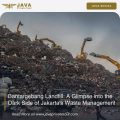 Bantargebang Landfill: A Glimpse into the Dark Side of Jakarta’s Waste Management
Bantargebang Landfill: A Glimpse into the Dark Side of Jakarta’s Waste Management
 Jakarta Scooter Tour: The Most Efficient Way to Explore the City
Jakarta Scooter Tour: The Most Efficient Way to Explore the City
 Explore Jakarta’s History and Culture Through Its Monuments
Explore Jakarta’s History and Culture Through Its Monuments
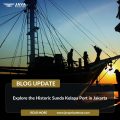 Explore the Historic Sunda Kelapa Port in Jakarta
Explore the Historic Sunda Kelapa Port in Jakarta
 Solo Traveler? Explore Nearby Jakarta with Java Private Tour
Solo Traveler? Explore Nearby Jakarta with Java Private Tour



